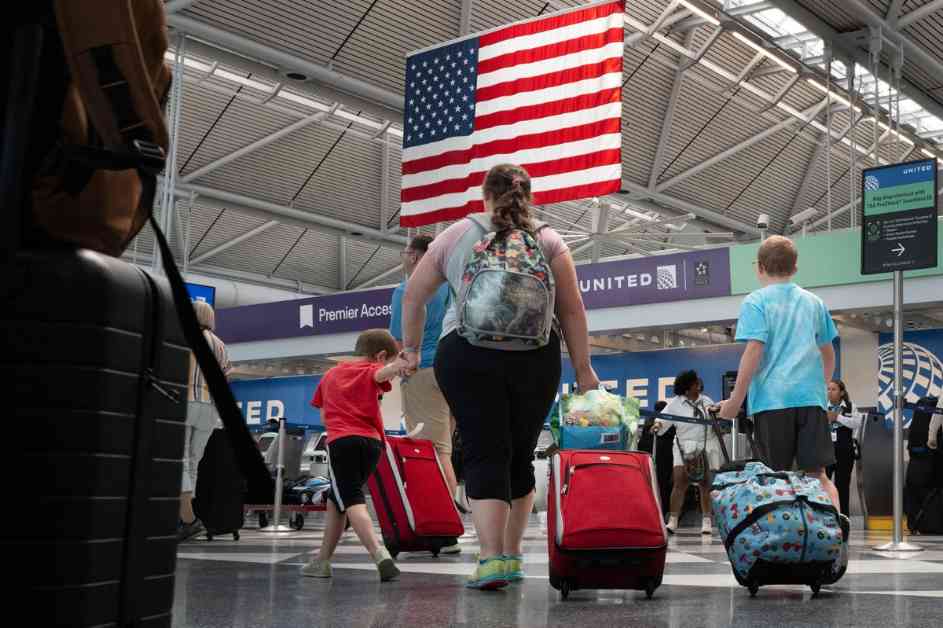As summer approaches, COVID-19 cases are once again on the rise in the United States. This trend of increased infections during the hotter months is not unique to this year but has been observed consistently over the past four years since the virus first emerged.
Several factors contribute to the surge in COVID-19 cases during the summer. One key factor is the behavior of individuals and their interaction with the environment. During the summer, people tend to gather for events, travel for vacations, and spend more time indoors to escape the heat. These activities create opportunities for the virus to spread, especially in poorly ventilated or poorly filtered indoor spaces.
The characteristics of the virus itself also play a role in its ability to spread more easily during the summer months. SARS-CoV-2 continues to evolve, with new variants emerging every few months. Some of these variants may be more transmissible or better at evading the immune system, contributing to the increase in cases.
While humidity and temperature can impact the transmission of the virus, these factors are likely less significant compared to human behavior and the characteristics of the virus. Scientists initially speculated that the summer heat and UV light might slow down the spread of COVID-19, but observations in tropical regions like Florida have shown that this is not the case.
As climate change brings more frequent and severe heat waves, people are likely to spend even more time indoors during the summer, providing the virus with ample opportunities to spread. Additionally, waning immunity among individuals who were vaccinated or infected in the fall or winter can make them more susceptible to infection.
To combat the summer surge in COVID-19 cases, it is essential for individuals to continue practicing preventive measures such as wearing masks, improving indoor air quality through ventilation and filtration, and avoiding crowded indoor spaces. Vaccination remains a crucial tool in protecting against severe illness and reducing the spread of the virus.
As we navigate the ongoing challenges posed by COVID-19, it is important to focus on finding structural solutions that prioritize both energy efficiency and healthy indoor air quality. By redesigning buildings to support clean, healthy air circulation, we can create environments that are conducive to both climate control and virus prevention.
In conclusion, understanding the factors that contribute to the spread of COVID-19 during the summer months is essential for implementing effective prevention strategies. By addressing human behavior, environmental factors, and the characteristics of the virus, we can work towards reducing the impact of the virus and protecting public health.


